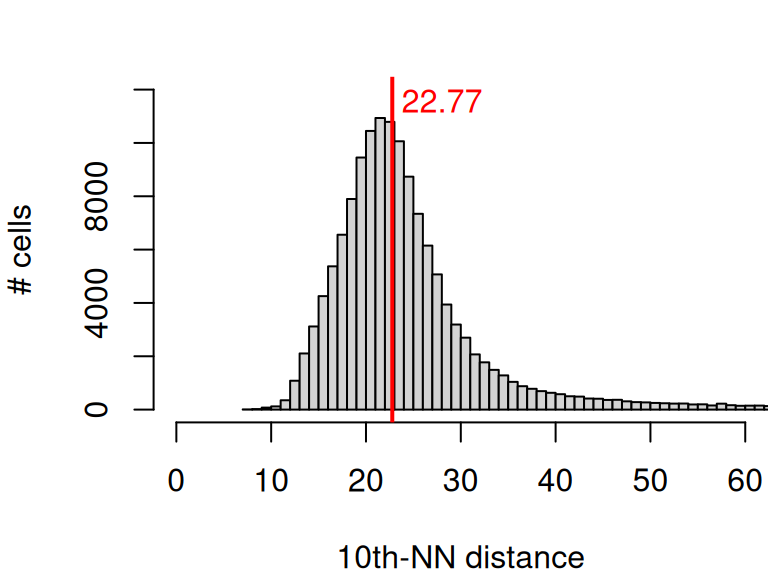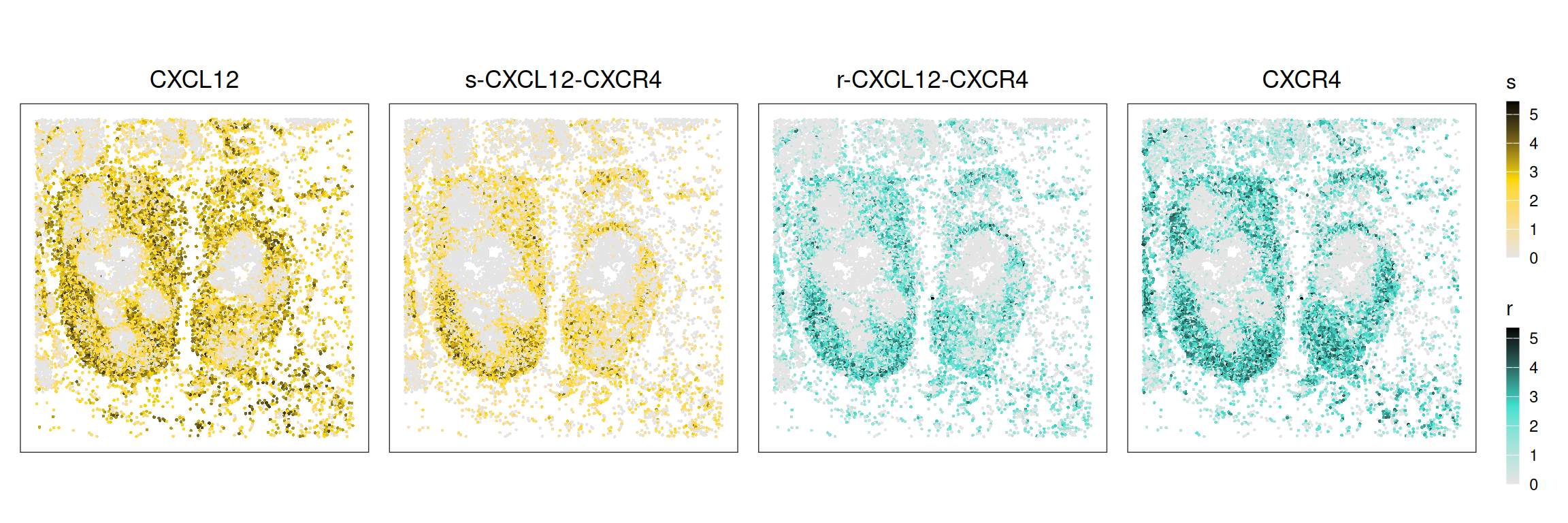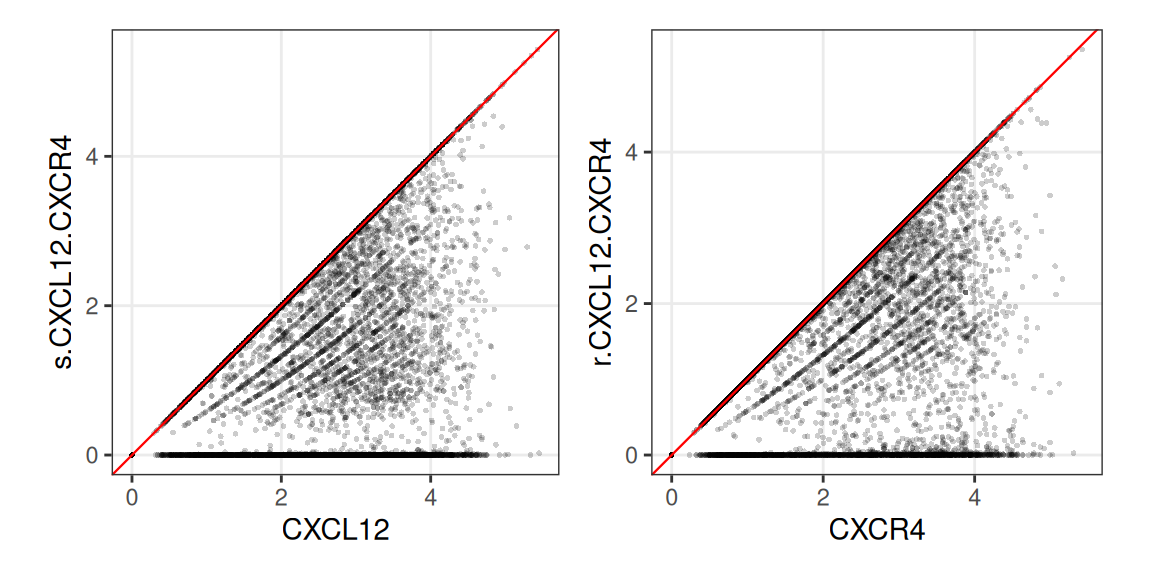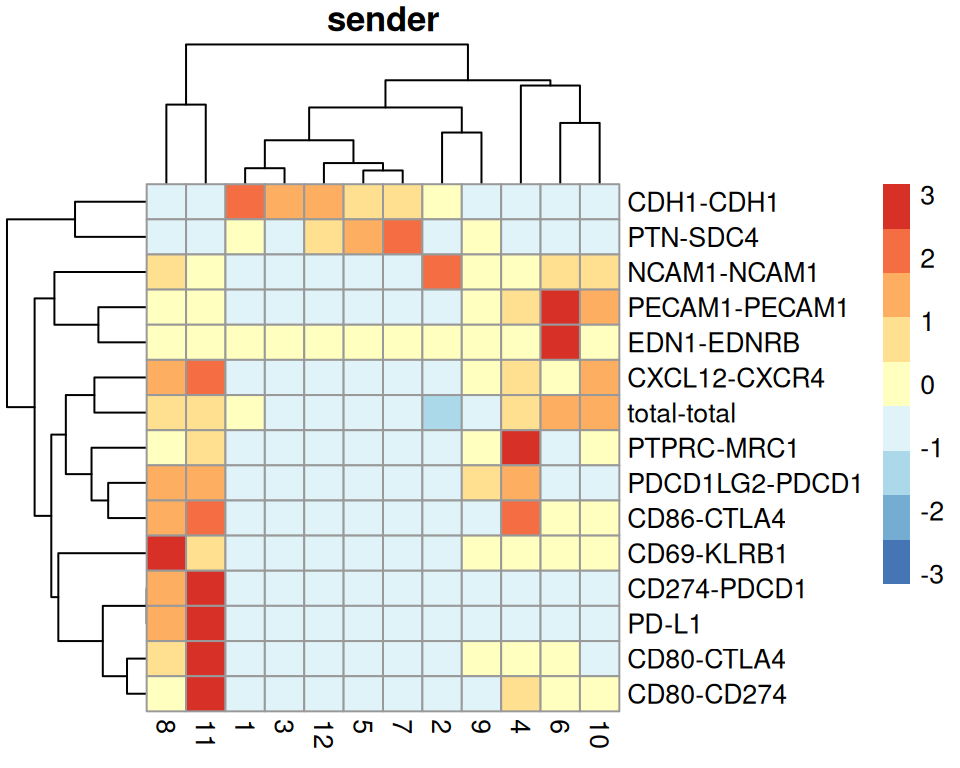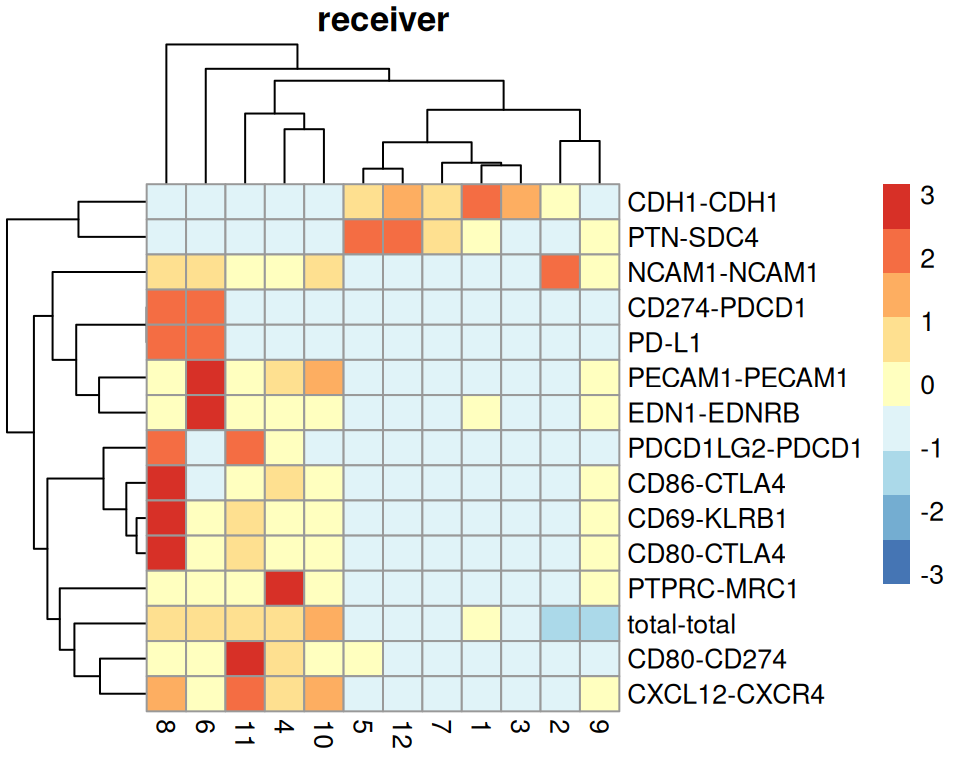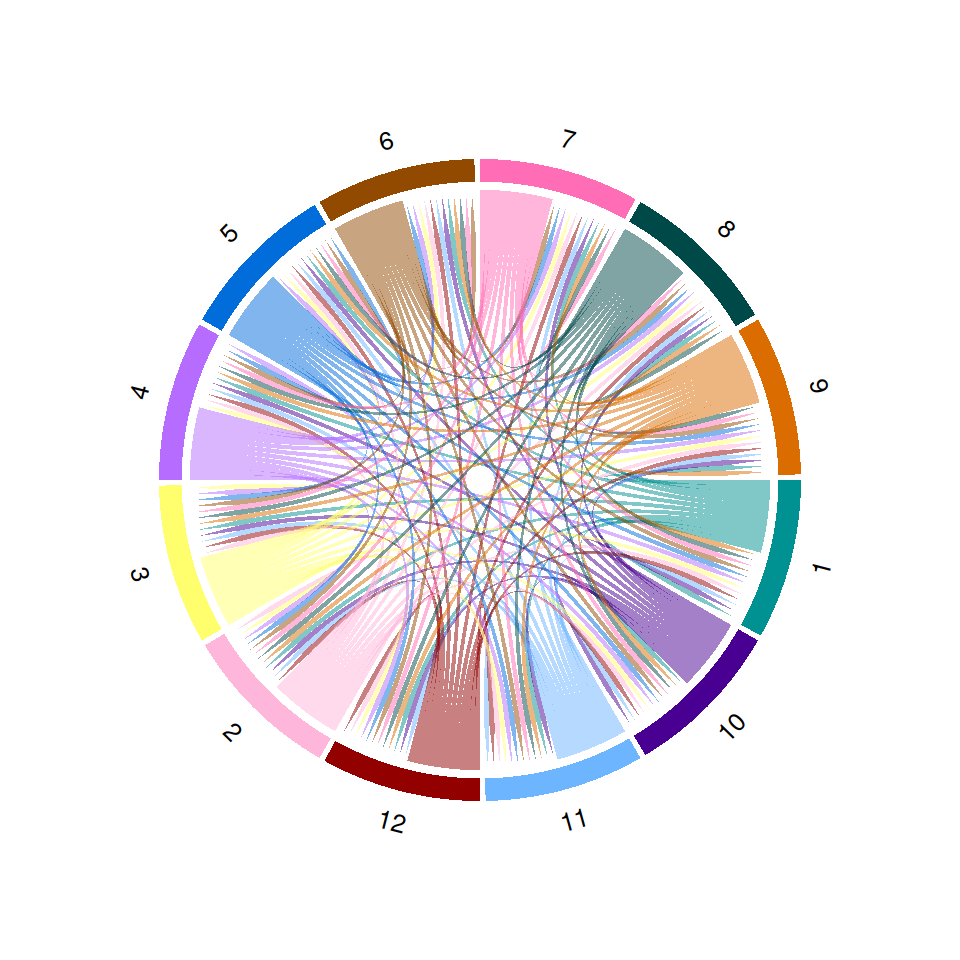Armingol, Erick, Adam Officer, Olivier Harismendy, and Nathan E Lewis. 2020.
“Deciphering Cell–Cell Interactions and Communication from Gene Expression.” Nature Reviews Genetics 22 (2): 71–88.
https://doi.org/10.1038/s41576-020-00292-x.
Cang, Zixuan, and Qing Nie. 2020.
“Inferring Spatial and Signaling Relationships Between Cells from Single Cell Transcriptomic Data.” Nature Communications 11 (2084).
https://doi.org/10.1038/s41467-020-15968-5.
Cang, Zixuan, Yanxiang Zhao, Axel A. Almet, Adam Stabell, Raul Ramos, Maksim V. Plikus, Scott X. Atwood, and Qing Nie. 2023.
“Screening Cell–Cell Communication in Spatial Transcriptomics via Collective Optimal Transport.” Nature Methods 20: 218–28.
https://doi.org/10.1038/s41592-022-01728-4.
Chen, Jiaji G, Joselyn C Chávez-Fuentes, Matthew O’Brien, Junxiang Xu, Edward C Ruiz, Wen Wang, Iqra Amin, et al. 2025.
“Giotto Suite: A Multiscale and Technology-Agnostic Spatial Multiomics Analysis Ecosystem.” Nature Methods, 1–13.
https://doi.org/10.1038/s41592-025-02817-w.
Efremova, Mirjana, Miquel Vento-Tormo, Sarah A Teichmann, and Roser Vento-Tormo. 2020.
“CellPhoneDB: Inferring Cell-Cell Communication from Combined Expression of Multi-Subunit Ligand-Receptor Complexes.” Nature Protocols 15 (4): 1484–1506.
https://doi.org/10.1038/s41596-020-0292-x.
Ennis, Sarah, Pilib Ó Broin, and Eva Szegezdi. 2023.
“CCPlotR: An R Package for the Visualization of Cell-Cell Interactions.” Bioinformatics Advances 3 (1): vbad130.
https://doi.org/10.1093/bioadv/vbad130.
Jin, Suoqin, Christian F Guerrero-Juarez, Lihua Zhang, Ivan Chang, Raul Ramos, Chen-Hsiang Kuan, Peggy Myung, Maksim V Plikus, and Qing Nie. 2021.
“Inference and Analysis of Cell-Cell Communication Using CellChat.” Nature Communications 12 (1): 1088.
https://doi.org/10.1038/s41467-021-21246-9.
Jin, Suoqin, Maksim V Plikus, and Qing Nie. 2025.
“CellChat for Systematic Analysis of Cell-Cell Communication from Single-Cell Transcriptomics.” Nature Protocols 20 (1): 180–219.
https://doi.org/10.1038/s41596-024-01045-4.
Li, Zhuoxuan, Tianjie Wang, Pengtao Liu, and Yuanhua Huang. 2023.
“SpatialDM: Rapid Identification of Spatially Co-Expressed Ligand-Receptor Reveals Cell-Cell Communication Patterns.” bioRxiv, 2022.08.19.504616.
https://doi.org/10.1101/2022.08.19.504616.
Liu, Zhaoyang, Dongqing Sun, and Chenfei Wang. 2022.
“Evaluation of Cell-Cell Interaction Methods by Integrating Single-Cell RNA Sequencing Data with Spatial Information.” Genome Biology 23 (1): 218.
https://doi.org/10.1186/s13059-022-02783-y.
Oyler-Yaniv, Alon, Jennifer Oyler-Yaniv, Benjamin M Whitlock, Zhiduo Liu, Ronald N Germain, Morgan Huse, Grégoire Altan-Bonnet, and Oleg Krichevsky. 2017.
“A Tunable Diffusion-Consumption Mechanism of Cytokine Propagation Enables Plasticity in Cell-to-Cell Communication in the Immune System.” Immunity 46 (4): 609–20.
https://doi.org/10.1016/j.immuni.2017.03.011.
Tanevski, Jovan, Ricardo Omar Ramirez Flores, Attila Gabor, Denis Schapiro, and Julio Saez-Rodriguez. 2022.
“Explainable Multiview Framework for Dissecting Spatial Relationships from Highly Multiplexed Data.” Genome Biology 23 (1): 97.
https://doi.org/10.1186/s13059-022-02663-5.
